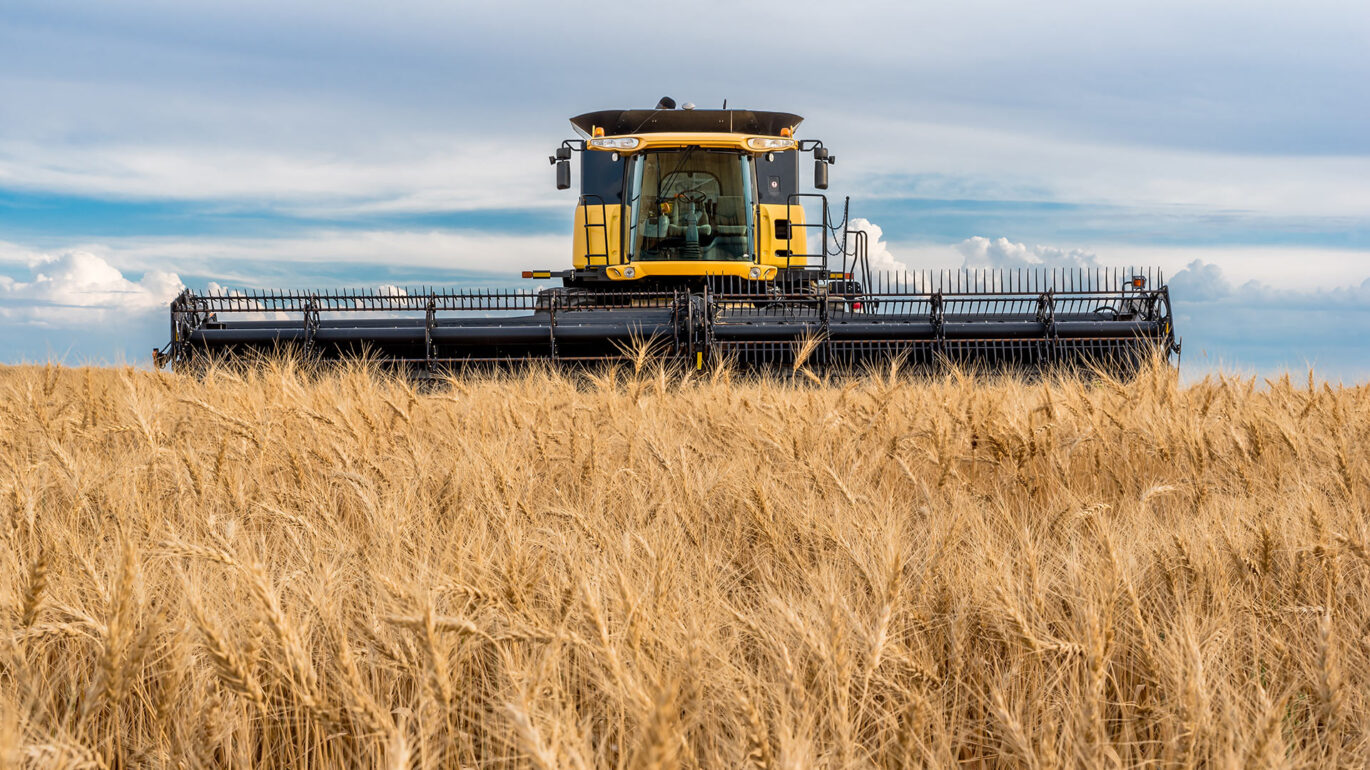“It’s day five of a harvest and you’re two workers short,” says Jay Remsik, a Health and Safety Consultant with WSPS. This situation is very familiar to many farmers who end up taking on the extra workload themselves. It’s either that or pushing the workers that they have to pick up the slack. “Operating heavy equipment, such as tractors, augers, and combines, requires full concentration,” remarks Remsik. “When you throw fatigue, tight deadlines, mental distractions, and working outdoors at night into the mix, the risk of an injury or fatality increases drastically.”
Ryan Dick is also a Health and Safety Consultant with WSPS. He echoes Jay’s concerns about harvest season. “On day one of the week, everyone may be feeling fine. But, by day four or five, if you’ve logged 70 or 80 hours by then, you can understand how mistakes start to happen as fatigue sets in,” he says. “This is when people are more likely to get caught in the combine, fall from a tractor, or injured while unloading grain bins.”
Mitigate the risks associated with grain harvest
Jay and Ryan provide some tips to help you and your workers get through a busy grain harvest with your physical and mental health intact.
Plan ahead and cross train. Start preparing well before the beginning of harvest season by breaking down each task, who will do it, and when it needs to be done. This will help you realize early on if you have enough employees. However, no matter how much planning you do, people get sick, emergencies come up, and unexpected things happen. “Cross-functional training provides you with more options and helps to avoid burnout,” says Jay. During slower seasons, cross train your workers on various equipment rather than having only one person run the tractor and another who only runs the combine. If someone suddenly isn’t there one day, it’s important for you to have one or two others who can step in.
Be prepared to hire temporary help. As of July 1, 2024, under the Employment Standards Act, 2000 (ESA), all temporary help agencies and recruiters require a license to operate in Ontario. An employer knowingly engaging with or utilizing an unlicensed help agency or recruiter can be penalized. With this new legislation in effect, businesses that use temporary help agencies for staffing must verify that they are licensed. The best way to do that is to check the Ministry of Labour, Immigration, Training and Skills Development’s online database.
“Businesses can now go online, search the name of an agency or recruiter, and confirm that they are licensed and in good standing,” says Jay. In much the same way that we can search the WSIB’s website to confirm that a business or contractor has a valid clearance certificate (i.e., WSIB coverage) before hiring them, businesses can find out if a temporary help agency is licensed before working with them.
Establish a plan for working alone. “Combine operators are often out in the field working alone,” says Ryan, giving one example. “A check-in schedule becomes extremely important when you are working longer hours into the night.” Have a plan for regular contact and a procedure outlining what happens when contact does not occur when expected.
Take regular breaks. It sounds so simple, but when you’re working against the clock, most of us skip breaks. “Even short breaks are better than none at all,” advises Jay. Take a walk, stretch, and clear your mind so that when you return to work your focus is on the task at hand. “This has the added benefit of preventing a potential musculoskeletal disorder (MSD) hazard due to a static posture over a long duration,” says Jay.
Ensure grain wagons are rated for the task. “We had an incident that resulted in a crash because the grain wagons that were hitched to the vehicle were too heavy. The driver couldn’t stop the vehicle in time due to the weight,” explains Ryan. He reminds farm operators and workers to check the equipment they are using to make sure it’s suitable for the task at hand. “Knowing the weight limits and how that weight will affect stopping distances and turning distances is important,” says Ryan.
Lubricate the machines. “I’ve seen several harvest fires in the past because of the machines heating up,” explains Ryan. If equipment and vehicles are not properly maintained and prepared for harvesting, the friction from running them for long periods of time could become a hazard. “Make sure all the equipment is sufficiently lubricated, especially bearings,” he says.
Wear masks or respirators. Protect yourself and your workers from inhaling the dust and mould that is often in the air when you are working with grains and hay. “It’s not something we usually think about, but the exposure can lead to allergic reactions or cause breathing difficulty down the road, especially after repeated exposures,” says Ryan.
Check weather and road conditions. Sometimes working at night is unavoidable. “If you’re working long nights, make sure any vehicles you are driving have proper lights and signage, so you can see well and be seen by others,” says Jay. “Use an escort vehicle if you’re driving at night on highways”, adds Ryan. Check the forecast and avoid driving in inclement weather as much as possible. If conditions are wet and muddy, be aware of slipping hazards.
Above all, monitor your crew. Look for visual cues like heads nodding or constant yawning. These are obvious signs that someone is not on top of their game and should not be taken lightly—especially in the context of tasks involving hazardous machinery. Step in and encourage them, if not force them, to rest.
The information in this article is accurate as of its publication date.



